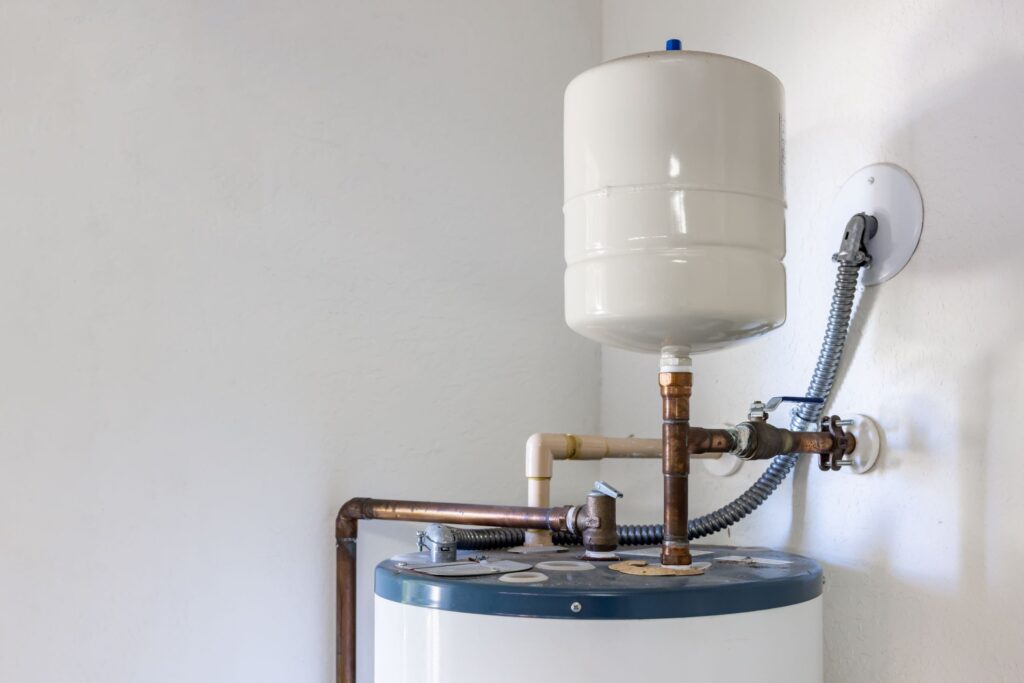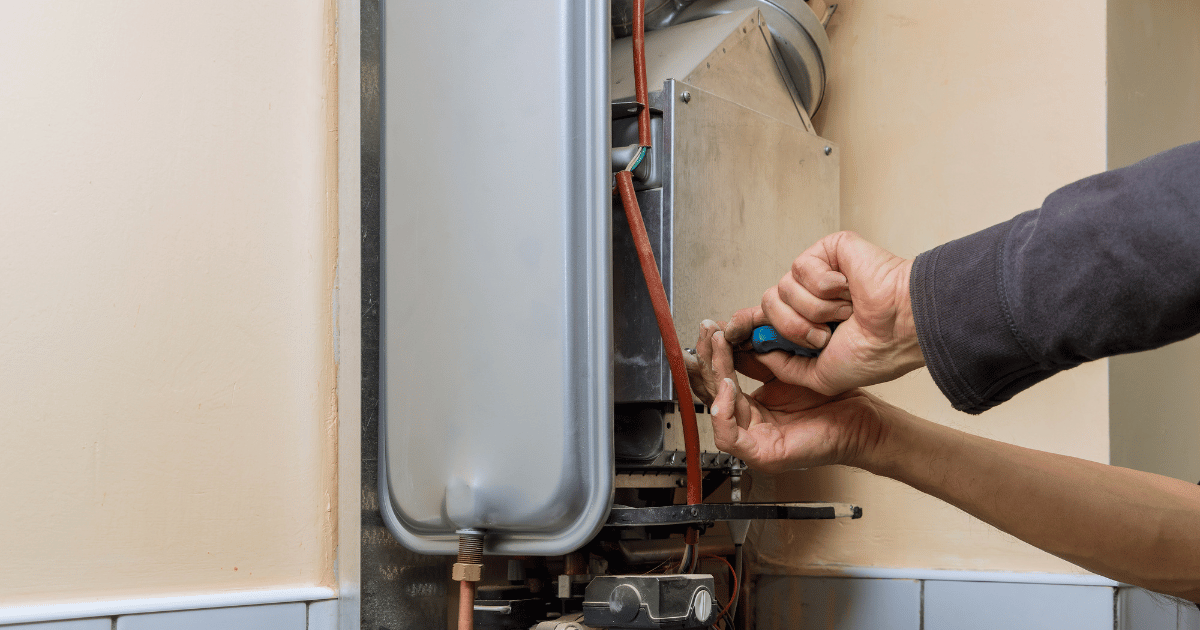The content listed below involving Tips on Maintaining a Water Heater is fairly entertaining. Check it out for yourself and see what you think about it.

Warm water is essential for everyday convenience, whether it's for a rejuvenating shower or cleaning recipes. To ensure your hot water system runs effectively and lasts much longer, normal upkeep is key. This article offers sensible suggestions and understandings on just how to maintain your home's warm water system to stay clear of interruptions and pricey repairs.
Introduction
Preserving your home's warm water system might appear overwhelming, but with a few simple actions, you can guarantee it operates smoothly for many years ahead. This overview covers everything from recognizing your hot water system to DIY upkeep tips and recognizing when to call professional aid.
Importance of Maintaining Your Hot Water System
Regular upkeep not only prolongs the life-span of your warm water system but also ensures it operates effectively. Ignoring upkeep can lead to lowered performance, higher energy bills, and even premature failure of the system.
Indications Your Hot Water System Requirements Upkeep
Understanding when your warm water system requires focus can protect against significant concerns. Keep an eye out for indicators such as irregular water temperature level, weird sounds from the heating system, or corroded water.
Recognizing Your Warm Water System
Prior to diving into upkeep jobs, it's practical to recognize the standard parts of your warm water system. Normally, this consists of the hot water heater itself, pipelines, anode rods, and temperature controls.
Monthly Maintenance Tasks
Regular monthly checks can aid capture small problems before they escalate.
Flushing the Water Heater
Purging your hot water heater eliminates sediment accumulation, improving efficiency and lengthening its life.
Monitoring and Changing Anode Rods
Anode rods avoid corrosion inside the container. Evaluating and replacing them when worn out is crucial.
Evaluating and Readjusting Temperature Settings
Readjusting the temperature level settings guarantees optimum performance and safety and security.
Do It Yourself Tips for Maintenance
You can do several upkeep tasks on your own to keep your warm water system in top problem.
Checking for Leakages
Frequently evaluate pipes and links for leaks, as these can bring about water damage and greater bills.
Checking Stress Relief Valves
Checking the pressure safety valve guarantees it works correctly and protects against extreme pressure build-up.
Protecting Pipelines
Protecting hot water pipelines decreases warmth loss and can conserve energy.
When to Call a Specialist
While DIY upkeep is useful, some concerns need specialist know-how.
Facility Problems Calling For Specialist Assistance
Instances include significant leaks, electric problems, or if your hot water heater is regularly underperforming.
Regular Professional Upkeep Benefits
Specialist maintenance can consist of thorough evaluations, tune-ups, and making certain compliance with safety and security standards.
Verdict
Regular maintenance of your home's warm water system is essential for effectiveness, durability, and price financial savings. By following these suggestions and understanding when to look for specialist aid, you can make sure a reliable supply of warm water without unanticipated disruptions.
Water Heater Maintenance Tips
Test the TPR Valve
Shut off the power and the cold-water supply valve. Place a bucket under the pipe connected to the temperature-pressure-release (TPR) valve on the top or side of the tank. (This valve opens if the tank pressure gets too high.) Lift the valve’s tab to let some water out, then let go. If water keeps flowing, drain the tank partway, unscrew the old valve with a pipe wrench, and install a new one. Check the Anode Rod
Put a hose to the tank’s drain cock and let out a few gallons of water. Now fit a 1 1/16-inch socket onto the rod’s hex head on top of the heater (or under its top plate) and unscrew the rod. If it’s less than ½ inch thick or coated with calcium, buy a new one, wrap its threads with Teflon tape, put it back in the tank, and tighten securely. Use this segmented rod if headroom above the tank is limited. Drain the Tank and Wash Out Sediment
Drain the remaining water in the tank into the bucket, then stir up the sediment on the tank’s bottom by briefly opening the cold-water supply valve. Drain and repeat until clean water comes out of the hose. Close the drain cock, refill the tank, and turn its power back on. Adjust the Temperature
Find the temperature dial on the side of the tank and unscrew its cover. Adjust the dial to 120 degrees using a flathead screwdriver. For every 10 degrees the temperature is lowered, you can expect to save up to 5 percent in energy costs. Turn the water heater off or the thermostat down to its lowest setting if you plan to be away from home for more than three days. Insulate the Pipes
Buy some self-sticking 3/8-inch-thick foam pipe insulation that matches the pipes’ diameter. Slide the foam over the hot-and cold-water pipes as far as you can reach. Insulating the cold-water pipe prevents condensation in summer. Peel the tape and squeeze the insulation closed. If the pipe is 6 inches or less from the flue, cover it with 1-inch-thick unfaced fiberglass pipe wrap. https://www.thisoldhouse.com/plumbing/21016402/how-to-maintain-a-water-heater

Hopefully you liked our post on How to Maintain a Hot Water Heater in a Few Simple Steps. Thanks a lot for finding the time to read our short article. If you enjoyed reading our blog posting kindly remember to share it. Kudos for your time. Please check up our blog back soon.
See Availability